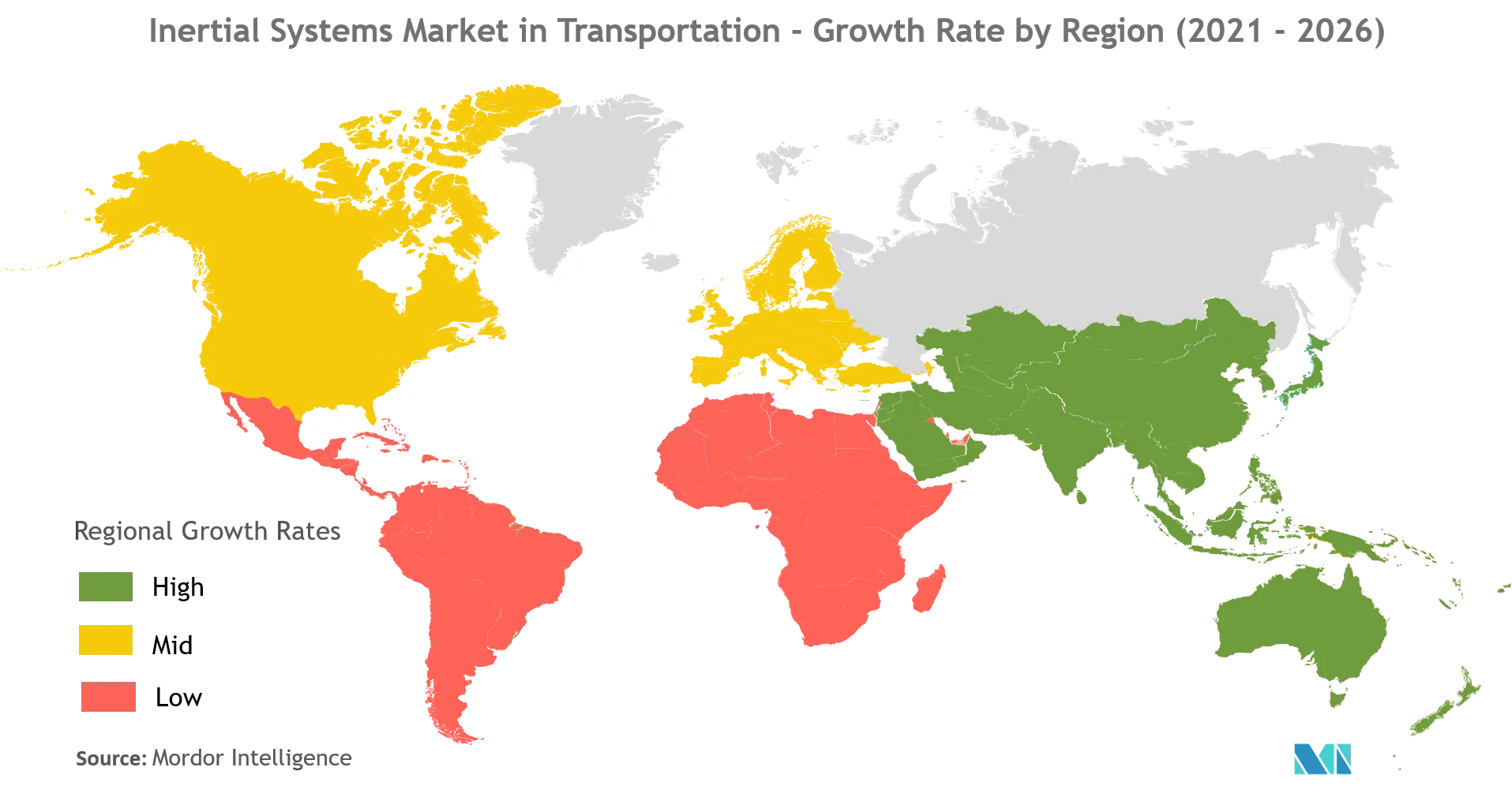Market Trends of Inertial Systems Industry in Transportation
This section covers the major market trends shaping the Transportation Inertial Systems Market according to our research experts:
Rise in Demand for Automotive MEMS in the Market
- A growing population of car owners is looking for enhanced vehicle features for better safety, comfort, and stability within cars. This is the major growth driver of the MEMS market. Moreover, the governments are imposing stringent regulations towards the standards for vehicle fuel efficiency and emission standards. As a result, major players in the automotive market are increasingly striving to meet the standards through the adoption of MEMS, thereby escalating the demand for automotive MEMS in the market.
- MEMS are increasingly being used in various applications, such as parking brakes sensing, anti-theft sensing, efficient engine management, tire pressure sensing, rollover & skidding detection, efficient engine management, and many more.
- The emergence of micro-electromechanical systems (MEMS) technology resulted in the miniaturization of mechanical and electro-mechanical elements in the field of sensors and semiconductors, with the help of micro-fabrication and micro-machining techniques. Hence, MEMS has now become an important part of several automation components in Level 1, 2, and 3 autonomous cars, boosting demand for inertial systems from the automotive sector significantly.
- According to the World Health Organization, globally, approximately 1.35 million people are killed in road accidents every year. Moreover, between 20 and 50 million more people suffer non-fatal injuries, with many incurring a disability as the result of their injury. MEMS accelerometers play an important role in improving the safety features of vehicles.

Asia Pacific to Register a Significant Growth
- The Asia Pacific region is a significant market for Inertial Systems Market in Transportation in the current market scenario. Huge volume production in countries such as China, Japan, and India keeps a constant demand for inertial systems in the region. However, in recent times, sales of the new vehicle in certain parts of the region have been sluggish. The witnessed a decrease in car sales across various economies due to COVID-19 Outbreak.
- For instance, according to the OICA, In 2020, it was estimated that about 32 million passenger cars were sold within the Asia Pacific region, including the Middle East, of which 20.18 million were sold in China. Comparatively, it was also estimated that approximately 35.36 million passenger cars were sold in the Asia Pacific region in 2016.
- Further, Electric vehicles (EVs) are projected to gain popularity with Chinese car owners this year, as new designs with improved performance offset a government cut in price subsidies. According to Roland Berger, China leads the way in terms of industry, producing the largest number of xEVs and battery cells. Battery Electric Vehicles (BEV) accounted for the vast majority of the new energy passenger vehicle sales in China. The Chinese government sees EVs as an opportunity for China to compete and become a major car manufacturer.
- Furthermore, the electric vehicle market is gaining momentum in India owing to the ambitious plans and initiatives of the government. Public authorities in India have made several electric vehicle-related policy announcements over the past few years, showing strong commitment, concrete action, and significant ambition for the deployment of electric vehicles in the country.


